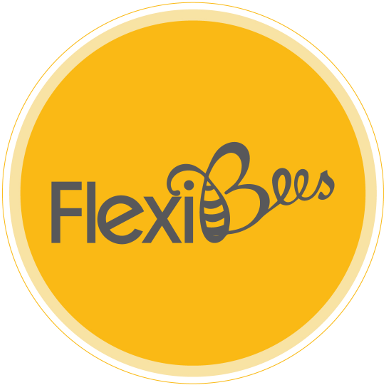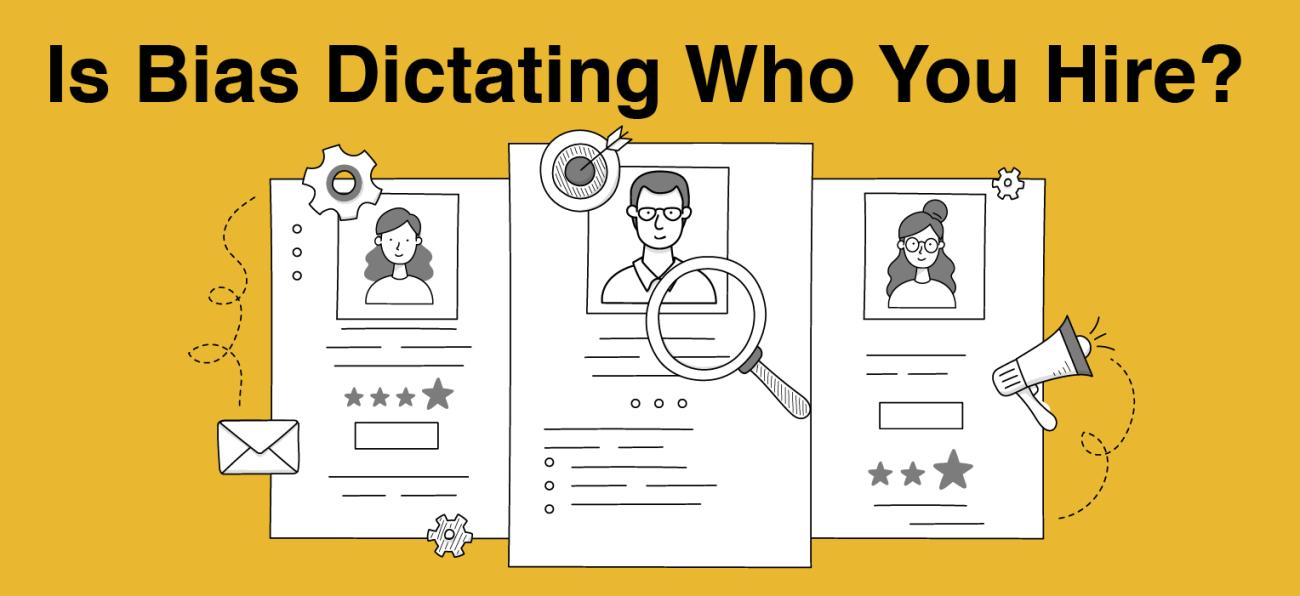Is Bias Dictating Who You Hire?
A lot of information and research indicates that hiring processes are often biased and unfair. We are not always conscious of it and make snap judgments about people based on their race, age, sex or region of origin.
But this might be eliminating eligible and qualified candidates for the roles you are looking to fulfill.
So, how can you recognise your biases and reduce them in your hiring process?

-
Become Aware

The idea is to observe such thoughts, flag them and then examine them. Question yourself and your beliefs. Here are some questions that might help you think:
- How do I react when someone thinks differently from me?
- Do I subscribe to any stereotypes or assumptions about a set of people?
- How does that impede me?
When you pause to think, you will notice some patterns emerging. Challenge yourself to break those biases.
-
Invite Feedback
Our ways of thinking and belief systems are shaped based on our life experiences and environments. As we grow up, we are influenced by many things: our upbringing, parents, other adults around us, schooling system, media and more. The views we form are an amalgam of all these influences. And like fish can’t see water, it can be hard to recognise our belief systems and evaluate them objectively.
So, the only way to do this is to invite feedback and ask people to challenge your beliefs and values. And this can be hard too. But if you are open to it, it can help you get started on this journey to recognise your own biases. Instead of getting offended or defensive, pause and pay attention to how you feel, how you react.
Here are some helpful statements that can assist you in such difficult conversations:
- ‘I have never seen it in that light. Would you like to share more?’
- ‘Thank you for sharing that with me. I haven’t noticed that that is how I react or sound like. Can you share what other things you have noticed about me?’
- ‘I see that you think exactly opposite to how I do on this subject. Can you elaborate on that?’
Remember that every uncomfortable conversation is an opportunity to learn more about yourself and reduce your biases. Use others’ perspectives as catalysts in this process.
-
Pay Attention to Language

For example, instead of:
Our managers will require to manage XYZ and take care of his team
You can say:
Our managers will require to manage XYZ and take care of their team
Or
As a manager, you will be required to manage XYZ and take care of your team.
Furthermore, be aware of gender bias language in your job posting. Words like ‘competitive’, ‘determined’, ‘analyze’ are often seen as masculine while ‘cooperate’, ‘collaborate’, ‘support’ are seen as feminine. You can use this Gender Decoder to spot these kinds of words and ensure a more gender neutral language.
-
Relook At Your Selection Process
Once you are aware and mindful about your own biases, it is time to look at the hiring process and how you can negate biases in it.
You can think about incorporating blind resume shortlisting. This can provide a level playing field for all the potential candidates and ensure that you choose based on talent, qualifications and merit and not by demographics (like gender, age, region of origin, religion, etc). There are readily available software programs that can automate this process for your organization.
Create a standardized list of interview questions with grading parameters versus trying to have an organic conversation with each of the candidates. This can ensure that everyone gets a fair chance to talk about their merits and skills and removes the ambiguity of unstructured interviews.
Additionally, you can also give the shortlisted candidates a sample task or a test that will require them to complete it as they would on the job. This can give you a clear idea of their potential in action.
Acknowledging and accepting our biases can be challenging and uncomfortable. But it is the first step in moving toward a more inclusive style of working. This can provide you with talent from diverse backgrounds and perspectives, who in turn, can help your organization increase creativity and innovation, faster problem solving and better decision making.
And if you need help in hiring more objectively and without biases, do reach out to us.
FlexiBees has a large pool of 35K+ experienced and qualified women. We have a deep vetting process that matches the right candidate to your exact business needs, sans the biases. We will do all the preselection for you and provide you with only the best three screened candidates for interviewing.
And if you are convinced and want to explore the option of hiring flexible candidates via FlexiBees, drop us a line.


